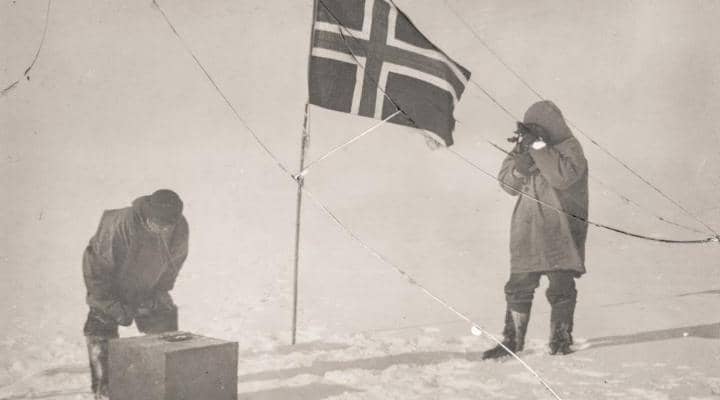Roald Amundsen, born on July 16, 1872, in Norway, is renowned as the first person to reach the South Pole. His journey began on October 19, 1911, when he and four companions set off from their base at the Bay of Whales, equipped with sled dogs and supplies.
Amundsen’s meticulous planning and secretive approach gave him a significant advantage over his rival, British explorer Robert Falcon Scott, who departed weeks later.
Amundsen’s expedition faced numerous challenges, including treacherous weather and difficult terrain.
The team navigated the Transantarctic Mountains, discovering a route through the Axel Heiberg Glacier. By December 14, 1911, they reached the South Pole, planting the Norwegian flag and marking their achievement with scientific observations.
In contrast, Scott’s expedition, which reached the pole on January 17, 1912, ended in tragedy. Scott and his team perished on the return journey, highlighting the stark differences in their approaches to polar exploration.
Amundsen’s use of sled dogs proved far more effective than Scott’s reliance on ponies.
Amundsen’s successful return to base on January 25, 1912, marked a significant triumph in the annals of exploration. His achievement was celebrated worldwide, earning him recognition from leaders, including U.S. President Theodore Roosevelt.
Beyond the South Pole, Amundsen continued to explore, including attempts to reach the North Pole. He died in a plane crash in 1928 while on a rescue mission, leaving a legacy as one of history’s greatest explorers.

